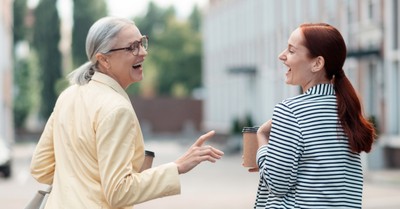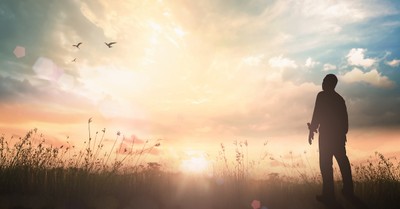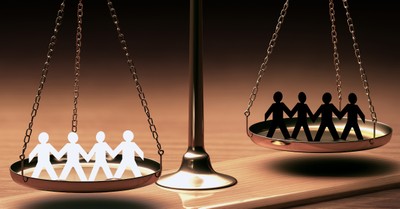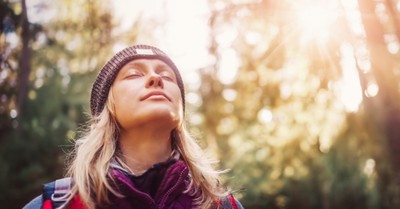Social Media Likes Activate Reward Response in Teen Brain
-
Jim Liebelt Jim Liebelt's Blog
- Published Jun 01, 2016
*The following is excerpted from an online article posted on ScienceDaily.
The same brain circuits that are activated by eating chocolate and winning money are activated when teenagers see large numbers of "likes" on their own photos or the photos of peers in a social network, according to a first-of-its-kind UCLA study that scanned teens' brains while using social media.
The 32 teenagers, ages 13-18, were told they were participating in a small social network similar to the popular photo-sharing app, Instagram. In an experiment at UCLA's Ahmanson-Lovelace Brain Mapping Center, the researchers showed them 148 photographs on a computer screen for 12 minutes, including 40 photos that each teenager submitted, and analyzed their brain activity using functional magnetic resonance imaging, or fMRI. Each photo also displayed the number of likes it had supposedly received from other teenage participants -- in reality, the number of likes was assigned by the researchers. (At the end of the procedure, the participants were told that the researchers decided on the number of likes a photo received.)
"When the teens saw their own photos with a large number of likes, we saw activity across a wide variety of regions in the brain," said lead author Lauren Sherman, a researcher in the brain mapping center and the UCLA branch of the Children's Digital Media Center, Los Angeles.
A region that was especially active is a part of the striatum called the nucleus accumbens, which is part of the brain's reward circuitry, she said. This reward circuitry is thought to be particularly sensitive during adolescence. When the teenagers saw their photos with a large number of likes, the researchers also observed activation in regions that are known as the social brain and regions linked to visual attention.
In deciding whether to click that they liked a photo, the teenagers were highly influenced by the number of likes the photo had.
"We showed the exact same photo with a lot of likes to half of the teens and to the other half with just a few likes," Sherman said. "When they saw a photo with more likes, they were significantly more likely to like it themselves. Teens react differently to information when they believe it has been endorsed by many or few of their peers, even if these peers are strangers."
The study is published in the journal Psychological Science.
In the teenagers' real lives, the influence of their friends is likely to be even more dramatic, said Mirella Dapretto, professor of psychiatry and biobehavioral sciences at UCLA's Semel Institute of Neuroscience and Human Behavior.
"In the study, this was a group of virtual strangers to them, and yet they were still responding to peer influence; their willingness to conform manifested itself both at the brain level and in what they chose to like," said Dapretto, a senior author of the study. "We should expect the effect would be magnified in real life, when teens are looking at likes by people who are important to them."
Source: ScienceDaily
https://www.sciencedaily.com/releases/2016/05/160531104423.htm



















